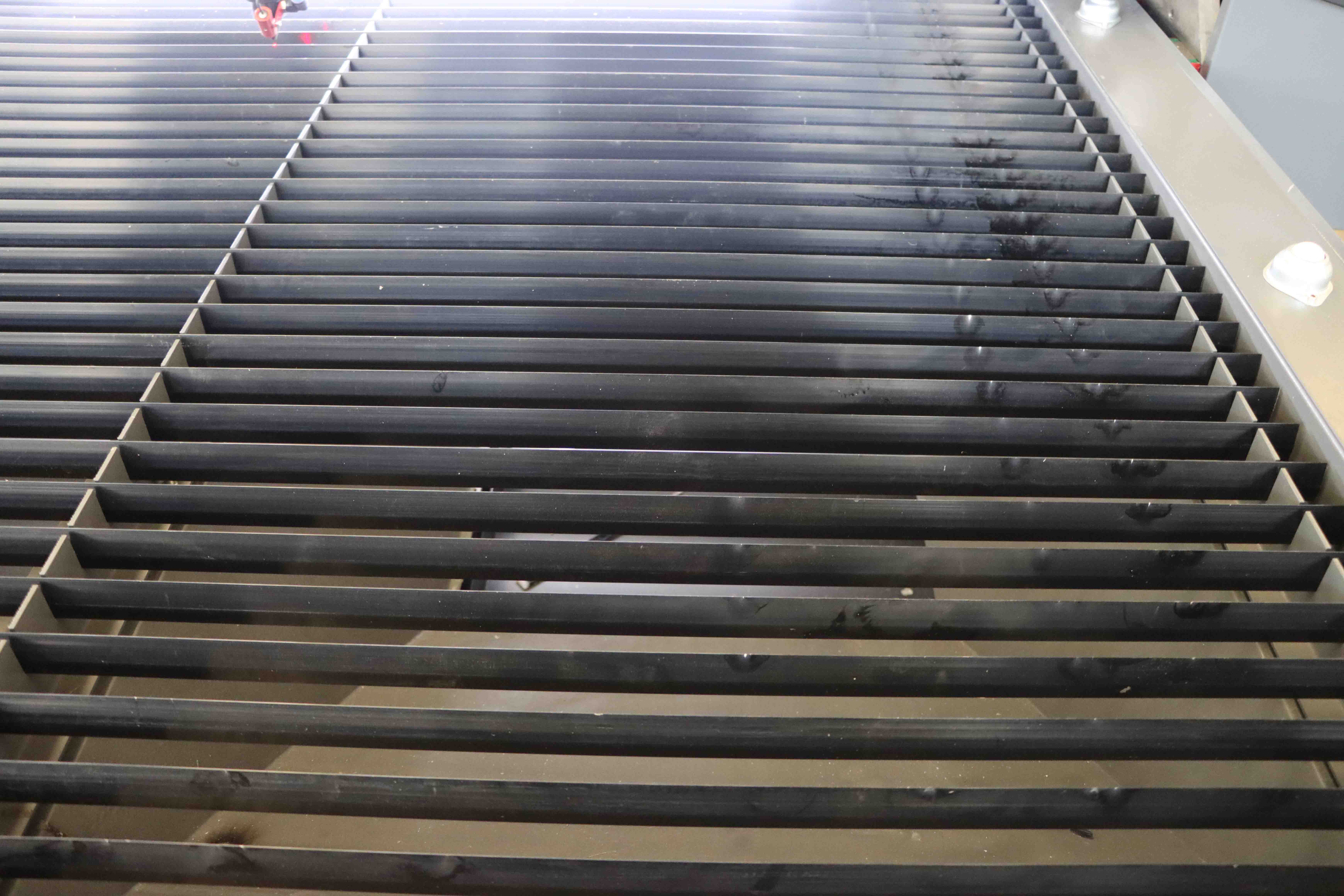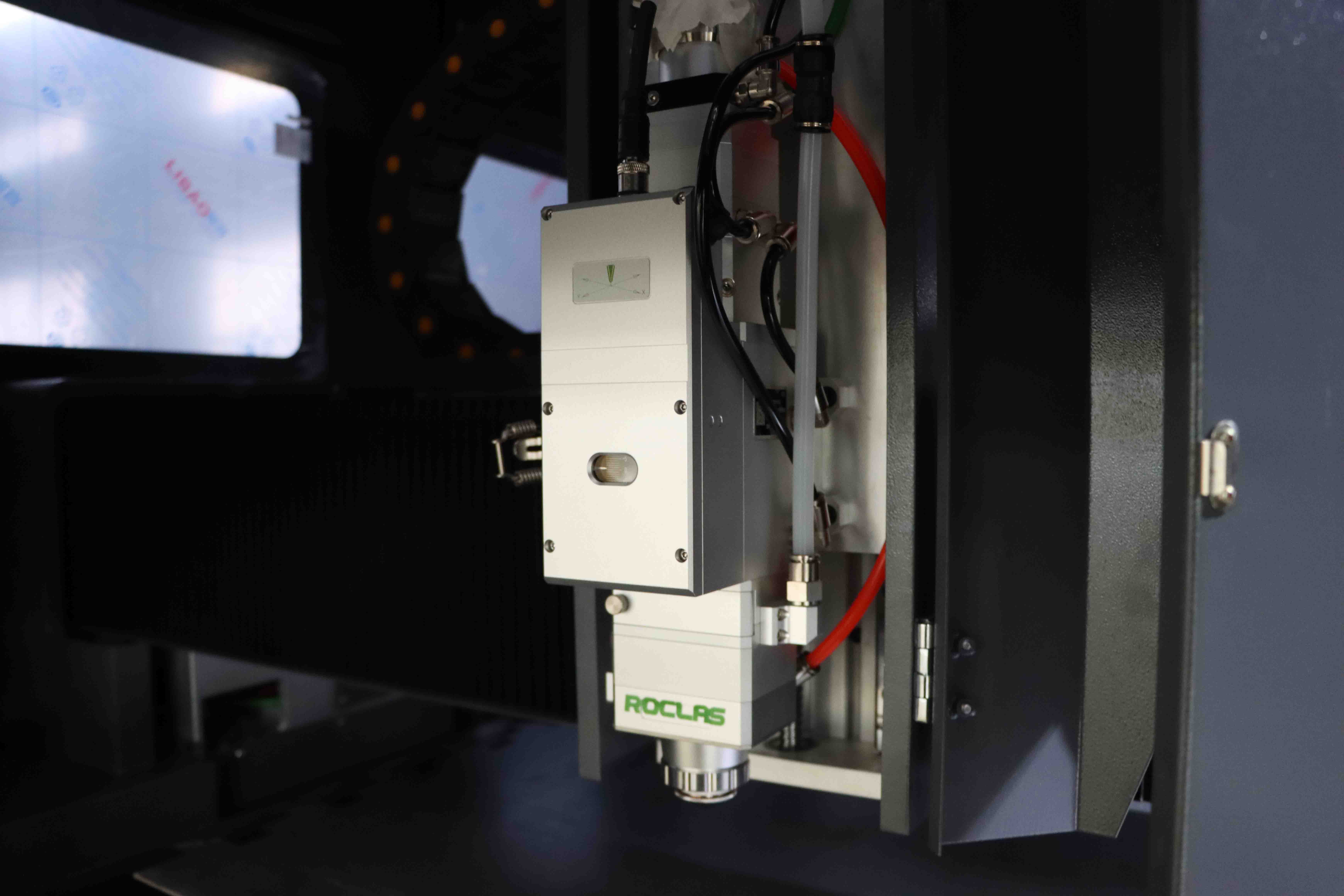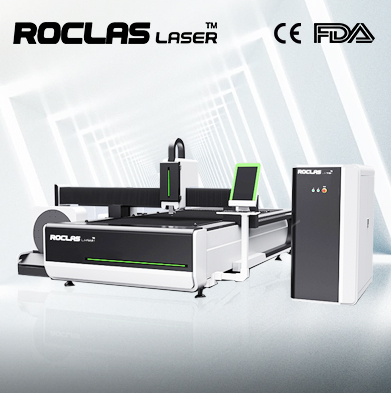Introduction
Fiber laser cutting is a modern and highly efficient technology used in various industries for precision cutting of materials. This article delves into the intricacies of fiber laser cutting, exploring its technology, applications, advantages, and future prospects. By understanding the fundamentals and advancements in fiber laser cutting, businesses and individuals can make informed decisions about adopting this technology for their manufacturing needs.
What is Fiber Laser Cutting?

Fiber laser cutting is a process that utilizes a high-powered fiber laser beam to cut through materials with exceptional precision. The laser beam is generated by a fiber laser source, which is then directed through a series of mirrors and lenses to focus the beam onto the material. The intense heat generated by the laser beam melts or vaporizes the material, allowing for clean and precise cuts.

How Fiber Laser Cutting Works
1. Laser Generation The fiber laser source generates a laser beam by amplifying light through a doped fiber optic cable. This process is highly efficient, producing a concentrated and powerful laser beam.
2. Beam Delivery The laser beam is directed through a series of mirrors and lenses to focus it onto the material. The beam delivery system ensures that the laser maintains its intensity and precision throughout the cutting process.

3. Material Interaction When the focused laser beam interacts with the material, it generates intense heat, causing the material to melt or vaporize. The cutting process is controlled by a CNC (Computer Numerical Control) system, which guides the laser beam along the desired cutting path.
4. Assist Gas In some cases, an assist gas (such as nitrogen, oxygen, or compressed air) is used to blow away the molten material and improve the quality of the cut. The choice of assist gas depends on the material being cut and the desired finish.
Applications of Fiber Laser Cutting
Fiber laser cutting is widely used in various industries due to its precision, speed, and versatility. Some of the key applications include
1. Metal Fabrication Fiber laser cutting is extensively used in the metal fabrication industry for cutting sheet metal, pipes, and structural components. It is particularly effective for cutting materials such as stainless steel, aluminum, and carbon steel.
2. Automotive Industry The automotive industry relies on fiber laser cutting for manufacturing precision components, such as body panels, chassis parts, and engine components. The technology enables the production of complex shapes and designs with high accuracy.
3. Aerospace Industry In the aerospace industry, fiber laser cutting is used to manufacture lightweight and durable components, such as turbine blades, engine parts, and structural elements. The precision and consistency of fiber laser cutting are critical for meeting the stringent quality standards of the aerospace sector.
4. Electronics Industry Fiber laser cutting is employed in the electronics industry for cutting and engraving components, such as circuit boards, connectors, and housings. The technology allows for the production of intricate designs and precise cuts required for electronic devices.
5. Medical Industry The medical industry utilizes fiber laser cutting for manufacturing surgical instruments, implants, and medical devices. The precision and cleanliness of fiber laser cutting are essential for ensuring the safety and efficacy of medical products.
6. Jewelry Industry Fiber laser cutting is used in the jewelry industry for cutting and engraving precious metals and gemstones. The technology enables the creation of intricate and detailed designs, enhancing the aesthetic appeal of jewelry pieces.
Advantages of Fiber Laser Cutting
Fiber laser cutting offers numerous advantages over traditional cutting methods, making it a preferred choice for many industries. Some of the key advantages include
1. High Precision Fiber laser cutting provides exceptional precision, allowing for the production of intricate and complex designs with tight tolerances. The focused laser beam ensures clean and accurate cuts, reducing the need for additional finishing processes.
2. Speed and Efficiency Fiber laser cutting is significantly faster than traditional cutting methods, such as plasma cutting or mechanical cutting. The high cutting speed, combined with the ability to cut multiple layers of material simultaneously, enhances productivity and reduces production time.
3. Versatility Fiber laser cutting is highly versatile and can be used to cut a wide range of materials, including metals, plastics, ceramics, and composites. The technology is adaptable to various thicknesses and types of materials, making it suitable for diverse applications.
4. Cost-Effectiveness While the initial investment in fiber laser cutting equipment may be higher, the long-term cost savings are substantial. The reduced need for consumables, lower energy consumption, and minimal maintenance requirements contribute to overall cost-effectiveness.
5. Minimal Material Waste Fiber laser cutting produces minimal material waste due to its precision and accuracy. The narrow kerf width and minimal heat-affected zone result in efficient material utilization, reducing scrap and lowering material costs.
6. Clean and Safe Fiber laser cutting is a clean and safe process, producing minimal fumes, dust, and debris. The use of assist gases helps to remove molten material, resulting in a clean and smooth cut edge. Additionally, the enclosed nature of fiber laser cutting machines enhances operator safety.
7. Automation and Integration Fiber laser cutting machines can be easily integrated into automated production lines, allowing for seamless and efficient manufacturing processes. The use of CNC systems enables precise control and repeatability, ensuring consistent quality across multiple production runs.
Challenges and Limitations
While fiber laser cutting offers numerous advantages, there are some challenges and limitations to consider
1. Initial Investment The initial cost of fiber laser cutting equipment can be high, particularly for small and medium-sized businesses. However, the long-term benefits and cost savings often justify the investment.
2. Material Thickness Fiber laser cutting is most effective for cutting thin to medium-thickness materials. For very thick materials, other cutting methods, such as plasma cutting or waterjet cutting, may be more suitable.
3. Reflective Materials Fiber laser cutting can be challenging when working with highly reflective materials, such as copper and brass. The reflective nature of these materials can cause the laser beam to scatter, reducing cutting efficiency and quality.
4. Maintenance and Training While fiber laser cutting machines require minimal maintenance, regular servicing and calibration are necessary to ensure optimal performance. Additionally, operators need to be trained to operate and maintain the equipment effectively.
Future Trends in Fiber Laser Cutting
The field of fiber laser cutting is continuously evolving, with ongoing advancements in technology and applications. Some of the key trends shaping the future of fiber laser cutting include
1. Increased Power and Speed Advances in fiber laser technology are leading to the development of higher-powered lasers, enabling faster cutting speeds and the ability to cut thicker materials. These advancements will further enhance the efficiency and versatility of fiber laser cutting.
2. Integration with AI and IoT The integration of artificial intelligence (AI) and the Internet of Things (IoT) into fiber laser cutting machines is expected to revolutionize the manufacturing process. AI-powered systems can optimize cutting parameters, predict maintenance needs, and improve overall efficiency. IoT connectivity enables real-time monitoring and remote control of cutting operations.
3. Enhanced Precision and Quality Ongoing research and development efforts are focused on improving the precision and quality of fiber laser cutting. Innovations in beam delivery systems, optics, and control algorithms will result in even finer cuts and higher-quality finishes.
4. Expanded Material Compatibility Future advancements in fiber laser technology are expected to expand the range of materials that can be effectively cut. This includes the development of lasers with different wavelengths and power levels to accommodate a wider variety of materials, including composites and ceramics.
5. Sustainability and Energy Efficiency As sustainability becomes a growing concern, the fiber laser cutting industry is focusing on developing more energy-efficient and environmentally friendly solutions. This includes the use of renewable energy sources, recyclable materials, and eco-friendly assist gases.
Conclusion
Fiber laser cutting is a transformative technology that has revolutionized the manufacturing industry. Its precision, speed, versatility, and cost-effectiveness make it an indispensable tool for a wide range of applications. As technology continues to advance, fiber laser cutting is poised to play an even more significant role in shaping the future of manufacturing. By staying informed about the latest developments and trends, businesses can leverage the full potential of fiber laser cutting to enhance their production capabilities and achieve greater success in their respective industries.
Regardless of whether you require general advice or specific support, we are happy to help you.